A backpacker’s guide; Surviving travel around Southeast Asia
First Published July 22nd, 2018 Updated September 13th, 2020
Southeast Asia travel is not for the faint-hearted, impatient, time-bound, prudish, or easily shocked. While it is easy, safe, and fun, it definitely has its own uniqueness that truly makes it a wonderful, if not eye-opening and enlightening experience.
Backpacking around Southeast Asia is the way to really get into the thick of things, so to speak. However, I do understand that is not for everyone.
However you decide to travel around Southeast Asia, one thing is for sure. You must do it!
If you haven’t experienced everything this wonderful region has to offer, yet, here are a few things you might want to take note of, to not just survive but to thrive in Southeast Asia!
Transportation
There is a much more relaxed vibe in Southeast Asia, especially when it comes to travel. Things will get done when they get done. What’s the rush anyway?!
Let go of all notions of schedules and anything running on time. If the schedule says the bus will leave at 8:30 am you can count on it leaving sometime after that. Maybe 9 am, maybe even 9:30 am. It definitely won’t leave before the “scheduled” time.
Forget about any transportation taking the amount of time given. Four hours to get from A to B is not definite. It’s a guess, a stab in the dark, it’s wishful thinking.
Things in general including travel, in Southeast Asia happen when they happen.
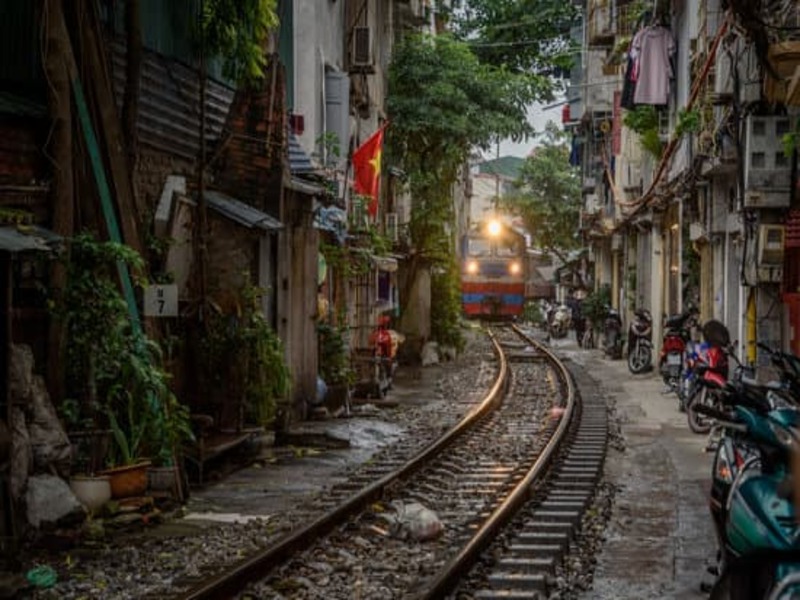
The friendly people of Laos told me a funny story one day. Laos PDR stands for Laos People’s Democratic Republic. However, the PDR has playfully, and rightly so, been nicknamed “Please Don’t Rush”
Therefore, let go of any expectations around transportation. Or when things in general, will happen. You can relax while you travel and have a much more enjoyable journey around Southeast Asia. Minus the stress!
Bus Travel
Firstly, some drivers will only leave once their bus is full. Secondly once you’re on the road they’ll randomly pick people up and drop off passengers even if the bus is marked as express.
For example, I’ve seen drivers stop to pick up documents and a crate of chickens. One driver even stopped to purchase some veggies for himself whilst we all sweltered in the bus waiting for him.
The best travel tip for Southeast Asia I can give you, is on days you are travelling by bus or train, have nothing else planned because you will likely be arriving at your destination late.
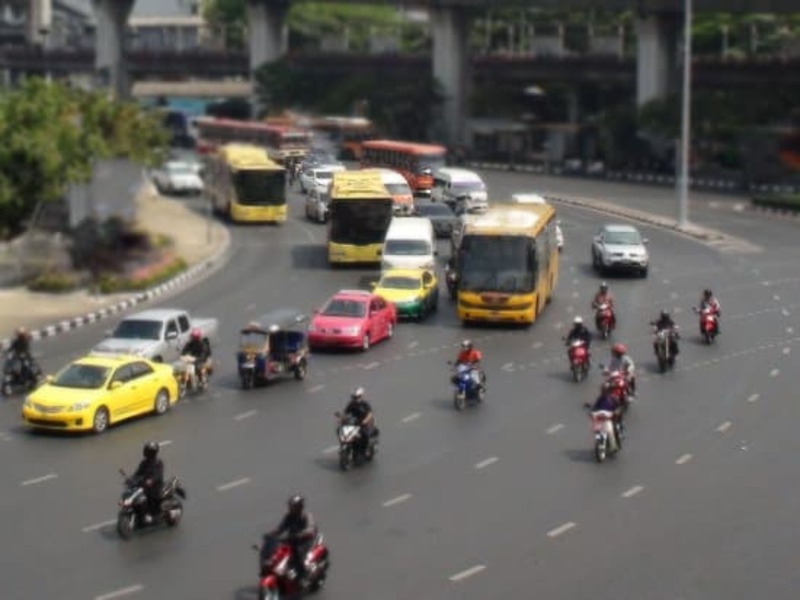
Just settle into your seat and enjoy the journey.
If you do have a short vacation planned or this style of travel doesn’t suit you, look into alternatives like private coaches, private drivers, or internal flights.
If you’re backpacking around Southeast Asia you will generally have more time available. Therefore, you can really just roll with the punches, relax into your seat, and enjoy the journey.
Be prepared for a long trip
On the longer journeys, stops are sometimes factored in. For instance, you’ll be allowed off the bus to sit and have something to eat at a local roadside cafe, use the toilets and stretch your legs.
Some will not. They will drive for 6 hours without a single stop! So, have drinks and snacks with you in case. Also, be prepared to ask the driver to stop for toilet breaks.
Be prepared with a book, your laptop, your headphones, or even some Netflix episodes downloaded ready for a binge session.
Also worth noting. Some buses and trains will be full but the driver will stop for you anyway and allow you on.
So you will be standing in aisles or sitting on floors. If you don’t mind this jump aboard. If this is an issue, reserve a seat prior to the journey (this doesn’t always prevent overcrowding though)
Bodily Functions
I’m sorry, it is not a nice topic to talk about it. But it is necessary. During your trip, it will be something you see quite regularly as you backpack and travel around Southeast Asia. Better to be prepared, instead of shocked in the moment!
You will be seeing and hearing all sorts of delightful things during your travels. People hocking, spitting, nose-picking, and blowing their noses onto the street without the use of a tissue. Eww!
For example, while in a restaurant, a waitress, while taking my order, disappeared behind a pot plant. She then spat into the plant! Then came back to me like it was the most normal thing in the world. She proceeded to ask me “do you want sides with your meal?”I was mortified! Talk about not wanting to eat after that.
However, it’s normal in Southeast Asia. If someone needs to burp, they burp, if they need to fart, they fart and if they need to spit, they spit! It’s not nice, but it is a common practice.
Maybe after the pandemic, this is a thing of the past. Fingers crossed!
Toilets
You learn very quickly toilets in Southeast Asia are not like the ones you’re most likely accustomed to back home.
Most public toilets will be squat toilets, which are a delight to master.
The first few times are “fun”. That is to say, trying to figure everything out quickly is far from fun! Because most likely there will be no lock on the door or the lock will be broken. Fear of having the door swung open while your bare-arsed is real.
The low down..
Firstly, you’ve got seconds to figure out your “position”. Secondly, you have to stand ON the ceramics, while questioning how far down you squat. Finally, you have to decide between the “bum hose” (which is the preferred weapon of choice in these parts). Or, to dig around in your backpack looking for a tissue. Your backpack will inevitably still be on your back, unfortunately. Between there not being a hook and the soaked floor there’s no way will be able to take it off.
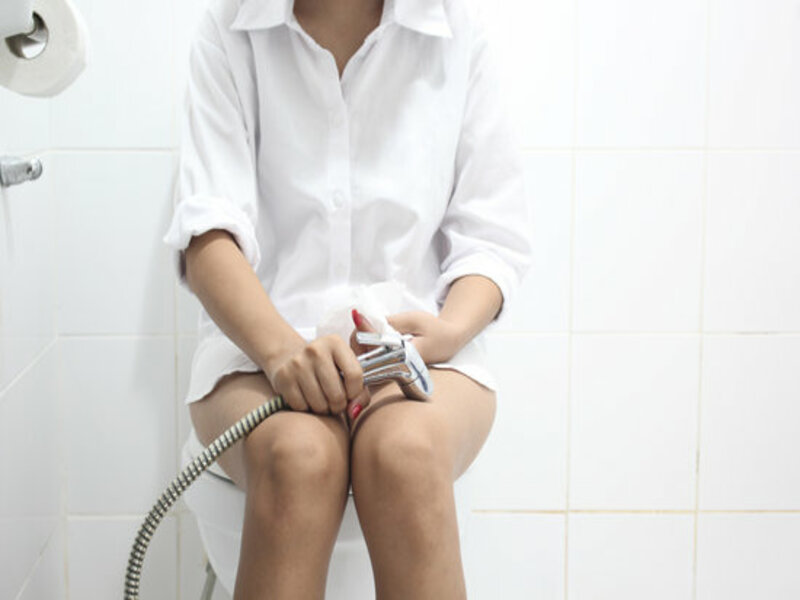
Phew! It’s an ordeal the first few times until you master what needs to happen.
The floors are always wet due to the toilet attendants washing the entire room with a garden hose.
Toilet tissue is an issue!
So, the best tip I can give you is to have the tissue in your hand ready to go. Have your bags secured to your person or left securely on the bus or with your backpacking buddy.
Toilet paper is 90% of the time not included in the experience. If it is you will have to pay for the luxury before entering the toilet block. Therefore, always ensure you have some small coins/notes on you. Better yet take your own paper or pocket tissues.
If you are using paper, unfortunately, you cannot place it in the bowl.
The plumbing is notoriously “shit”, pun intended! All used paper for ones AND twos is to be placed in the bin next to the toilet.
A lot of toilets won’t even have the functionality to be able to flush. What you will find next to the toilet is a bucket or bowl, with some water for hand flushing.
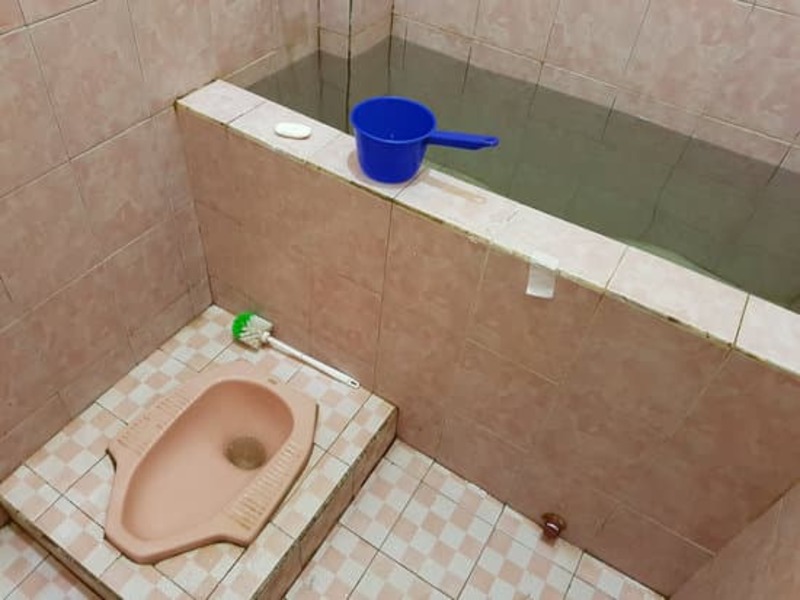
Ready to wash away the experience under the running water and soap at the sink, you’ll notice quickly…
No soap for you!
The majority of taps don’t work, if you’re lucky enough to find one that does, there will be no soap. If there is a dispenser it will be completely watered down, so ineffective in washing away any germs.
Some survival tips for toilet use in Southeast Asia;
- Always have hand sanitiser with you
- Take a travel-sized tube of hand soap/shower gel
- Carry pocket tissues
- Have some small change handy
- Closed in shoes are a must
- Pants/skirts that you can lift out of harm’s way. (The floors will inevitably be covered in water (hopefully that’s all it is!)
Showers
More often than not, the showers are not separated from the rest of the bathroom. Therefore no door, or shower curtain to keep the water localised. It’s one open, small room. Toilet, shower, basin, mirror altogether. So, yep, everything gets wet!
It may be in the budget backpacker hostels I stayed in. I’m sure the high-end hotels have separate rooms or at least a shower door.
Therefore, you can imagine, the whole room gets absolutely drenched. The toilet, toilet paper, your toiletries, the clothes you have in there. Everything!
It’s more of a nuisance than anything as you can’t keep anything in the bathroom. It’s also a minor inconvenience to have a wet floor for hours after your shower. You’ll also have to wipe the entire toilet down to use it.
Life in Southeast Asia is lived on the street
It’s definitely a way of life and something you will see often as you travel around Southeast Asia.
Everything is done on the street. Washing, cooking, cleaning, bathing children, haircuts, pedicures, gossiping and of course eating street food. If you can imagine it, it can and does happen out on the street.
Above all, it’s a way for people to spend time out of their often very small apartments. Plus a fabulous way to connect with their neighbours and community.
The things I’ve seen…!
I’ve seen things you wouldn’t believe. Fresh meat being carved up with no refrigerator to be seen. A few metres away some ladies have their hair dyed. Next to a man with an angle grinder cutting metal, with thongs on and zero protective clothing. Even men having the ear hairs waxed. All out on the sidewalk.
This is beautiful, exciting, in your face Southeast Asia! This is why you came and what you wanted to experience. And boy, it’s fun to wander around and see it for yourself. Or, find somewhere to sit and relax, people watch and just take it in, in all its wonderful glory
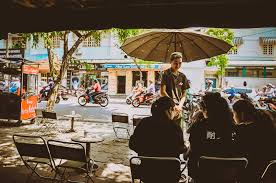
Southeast Asian street food
Whilst you’re out wandering you must try the street food. What’s a trip to Southeast Asia without trying some street food, right?!
Not only is it super cheap, but it is also authentic. It’s what the locals eat, and you can grab something on the run for as little as $1.
Alternatively, take a load off, as previously mentioned and pull up a little plastic stool and kick back while enjoying your Pho or Bun Cha with the locals in the streets of Hanoi and watch the comings and goings of thousands of people.
Some of the best street food I tried was in Malaysia. Delicious and cheap!
My advice is to go to a local street vendor where all the locals are and that has the most customers.
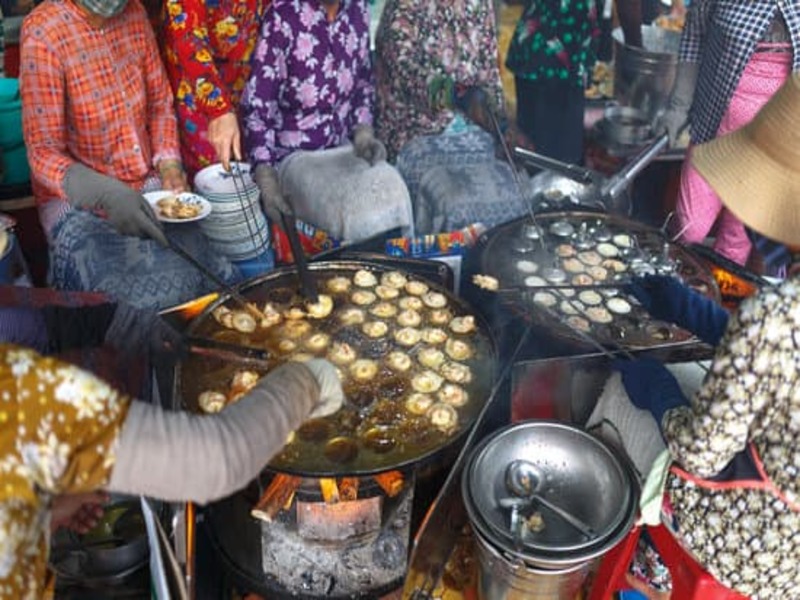
Locals know best! They know what tastes good, what’s cheapest, and freshest. You can’t go wrong and you’re going to try some amazing flavours and Southeast Asian food, without breaking the bank.
If you’re backpacking around Southeast Asia, it’s the best way to keep costs down. Plus you get to try all the amazing food and flavours the region has to offer.
Poverty
A lot of countries in Southeast Asia are poor, you’ll see this as you travel to different parts. They have civil unrest and wars in their recent histories, as well as unstable and corrupt governments and large proportions of their populations receiving low incomes, so you will see poverty that you may not be used to.
You will see no waste management, poor plumbing, unmaintained streets and sidewalks and of course the human face of poverty.
Using Cambodia as an example
In some rural areas, there is still no clean running water or electricity. Only 24% of Cambodians have access to electricity, 64% to clean water and 31% to adequate sanitation (source)
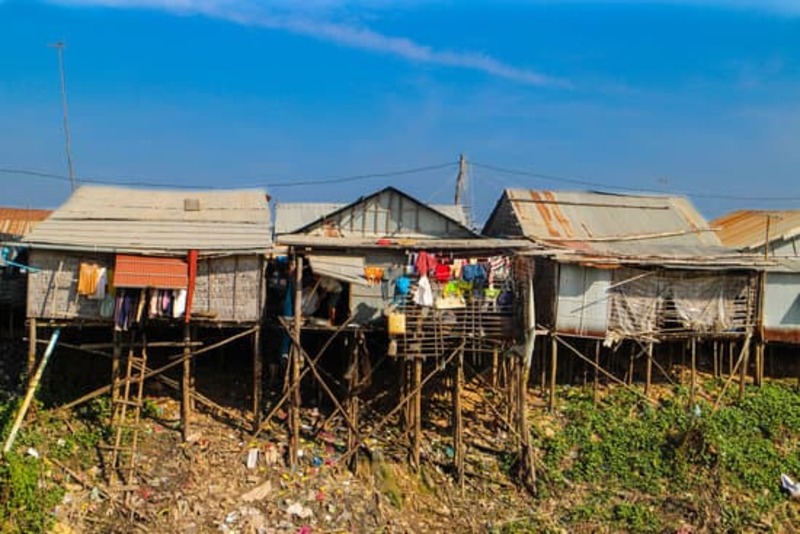
When you also consider Cambodia was experiencing the genocide of its people, only 41 years ago at the hand of Pol Pot and the Khmer Rouge, you can start to understand a little more.
It was a short but deadly regime only lasting 4 years, but in that time 2 million of its 7 million people perished due to starvation, overwork and execution, particularly it’s educated class including doctors, teachers, and academics.
The Khmer Rouge aimed to make a rural agrarian economy by completely rejecting anything modern, the free market and capitalism, and creating a one-class system. It not only resulted in the death of close to 2 million citizens but it also meant Cambodia was surpassed in medical and technological advancements, by its neighbours and the world.
Ongoing deep-rooted corruption within its governments continues to hinder its progress up and out of poverty, among other reasons (source)
Now, if you have time on your side and can travel outside the major cities and spend some time in the “real” parts of a country you will inevitably see extreme poverty.
That’s not to say it’s not present in the main cities and Capitals. Large urban slums are not an unusual sight.
How you can show support
The people I met and the experiences I had interacting with these local people, in these areas are some of my most memorable. They are often farmers, shop-keepers, and tuk tuk drivers that rely heavily on tourists.
Maybe it’s a little shop selling water and packets of chips. It might be a family making sticky rice for locals and tourists alike. Or farmers producing vegetables to sell on the side of the road. This is how they make their money to survive and feed their families.
A hand up, not a handout
I heard a great saying when I was in Cambodia; Give a hand up, not a handout!
And that’s exactly what I did to support my tuk-tuk driver in Battambang. I built Nakim his very own website for his tuk-tuk business! Now he can market and advertise his services to a much wider audience on the internet. Check him out when you’re in Battambang next.
No Southeast Asia travel adventure is complete without a tuk tuk tour.
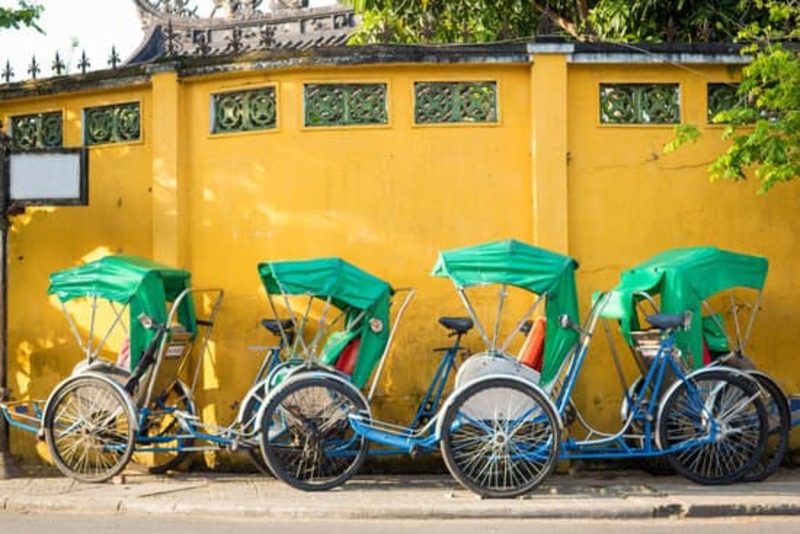
Don’t stare if you see something you’re not used to. Try and strike up a conversation, it may be with hand gestures and a smile, without a word spoken, but it will be appreciated. Show some support and purchase something. You will always need a some fresh water, and why not try the food made from a local farmer or family. Yum! It’s all part of the experience.
Traffic
Even if you haven’t made your way to Southeast Asia yet, I’m sure you’ve seen the crazy traffic on a tv show or in a movie.
It’s chaotic, to say the least, especially in the Capitals.
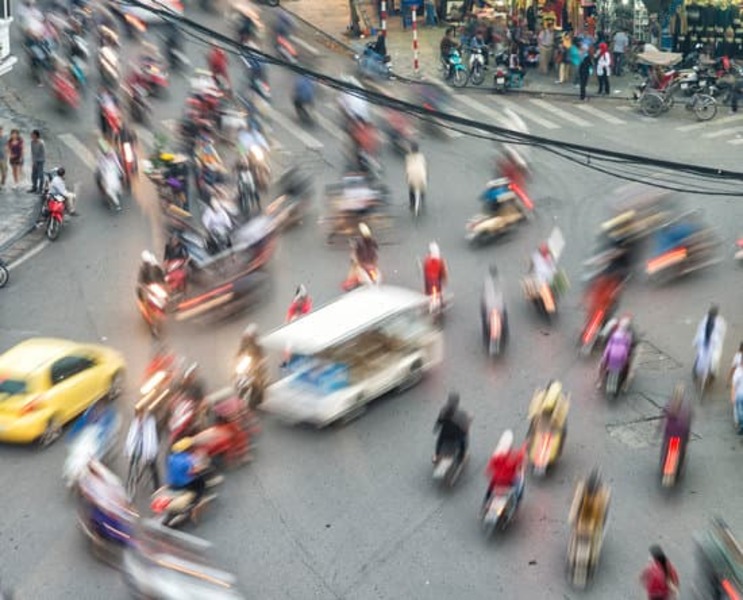
Motorbikes and scooters are king in these parts. If you’re feeling adventurous, or have a death wish, hire one to get around on. Just make sure you use a helmet. Motorcycle deaths account for 67% of all roadside accidents in Cambodia and a staggering 74% in Thailand and Laos. (source)
But for the rest of us with some sanity, seeing the sights on foot is the best option. Most cities in Southeast Asia are easily walkable and there is always the option of travel via tuk-tuk if something is a little farther.
How to cross a road in Southeast Asia
To cross a road in Asia, it’s quite simple. Don’t over complicate it, get nervous, or be hesitant.
First, understand which side of the road the traffic drives on. Always have a look both ways as you normally would and always be sensible about crossing any road. However the best bet is to start walking when there is a gap and always look in the direction of the oncoming lane and just walk.
Also, if possible try to make eye contact with the riders you are about to step in front of.
The people on the bikes and scooters have literally been on these things since birth, so they know how to drive them and will avoid you and all other pedestrians. Just don’t stop, don’t change directions, just keep moving forward and have the oncoming traffic in your vision.
Actual pedestrian crossings as westerners know them, do exist but they are mostly ignored, so don’t expect the traffic to come to a stop if you step out onto one.
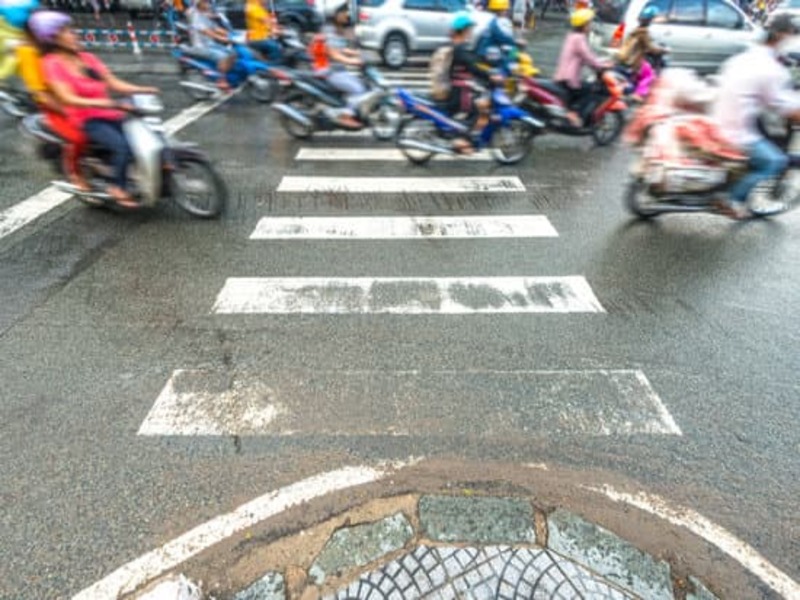
Also, little “green walking” men exist at major traffic lights, but again bigger vehicles will stop but bikes will not, so it’s vital to still look in both directions when crossing at one of these intersections.
Also worth noting and remembering, are scooters and motorbikes are all parked on the sidewalk. You will have to walk out onto the street to get around them. Again look for oncoming traffic and step out carefully.
Horn honking is a form of communication in Southeast Asia
Horn honking on the roads is prevalent, annoying, and loud. But it’s how drivers communicate their intentions. Forget about the indicator, honking the horn is the only way in Southeast Asia. Honking the horn can have a number of different meanings though. As you travel around you might come to recognise their meanings. Some include;
- “Move your arse!, I’m coming through the intersection and not stopping, so you’d better watch out for me”
- “Move over I’m about to overtake you”
- “You’re too slow, speed up”
- “I’ve stopped/slowed down, you go!”
- “I’m here, just letting you know”
- “Hi, it’s me! Your buddy. How are you?”
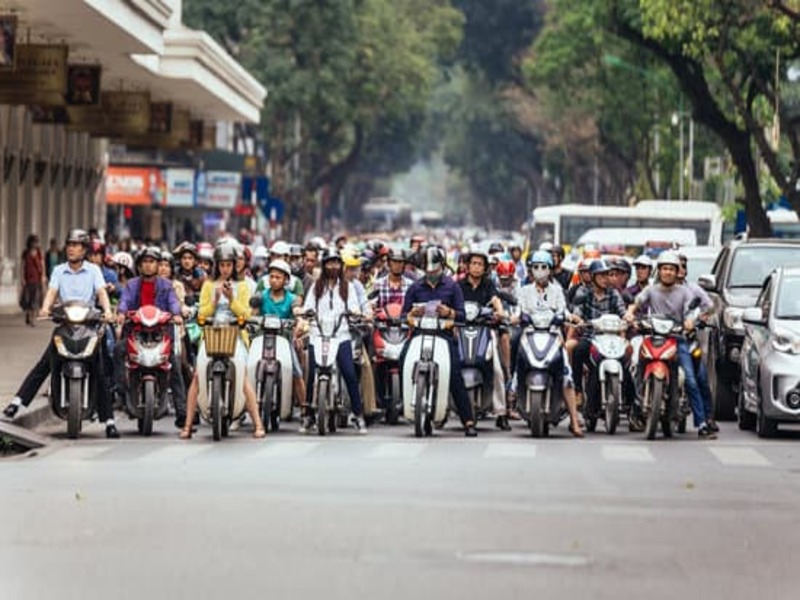
Which honk is which, is generally easily recognisable to each driver but always a fun game to try and figure out as a westerner, especially if you are walking across the street.
Stray cats and dogs
For all of us that love our domesticated pets you will get quite a shock at their treatment.
Yes, that is a general statement, certainly, some are loved and cared for. Unfortunately, the majority are not seen as pets.
Subsequently, they’re rarely desexed so there are a high number of strays roaming around. They are riddled with mange, fleas, skin conditions, weeping eyes and sores and generally not looked after.

As you travel around Southeast Asia you may see a few different things.
For example, in Malaysia and Thailand, you will mostly come across cats and they will have their tails docked. When I asked about this, I was given the answer that it “looks better”.
Into Cambodia, Laos, and Vietnam it was mostly stray dogs. It’s also not unusual to see dog meat on a restaurant menu or roasting on a spit. (yeah I saw that!)
Our beloved pets are not seen in the same light in Southeast Asia and it can be absolutely heartbreaking to see.
Best to try and not look, harder said than done, I know.
Animal tourism in Southeast Asia
This is a hot topic because as tourists we drive this industry with our desire to see animals up close. You will inevitably see an advertisement or a tour company in Southeast Asia promoting these activities as you travel through.
My hope is that one day we will not have to write about how wrong it is, because it will be entirely eradicated. But this may be false hope. We are the only ones that can stop this trade by not spending our money on these awful activities.
Let me paint you a picture
Monkeys are “trained” to fetch coconuts in Thailand for five minutes in front of a crowd of tourists. Then the poor animal is chained around the neck for the remainder of the day. Often times in the sun, with no food or water near by.
Highly intelligent elephants have their spirits broken through abuse from their handlers. They have seats strapped to their backs for tourists to sit in. They are chained by the legs so they can’t move. You will see them swaying on the spot. This is repetitive behaviour caused by a lack of social interaction and the inability to roam free. It’s a coping mechanism!
Bullhooks are used to stab them behind the ears to make them move or do certain things for our “enjoyment”
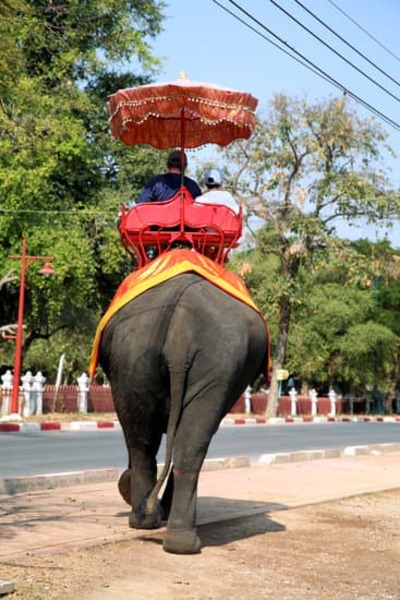
Tigers are sedated with drugs and chained, so tourists can pat them and get a photo taken with them.
It’s all deplorable and unfortunately common practise.
Ask yourself..?
Why do you want to be an active participant in this treatment of animals?
If there is no market for these sorts of activities, that is a step in the right direction to having them abolished and these animals living free lives. If you really care about these animals, don’t EVER pay to do these activities while you travel around Southeast Asia.
Do your research if you are going to visit a sanctuary, to ensure that the animals have been rescued, are safe, not being worked for tourists, are free to roam and are living happy comfortable lives. Your money should be going to conservation not further endangerment.
If any establishment allows you to get close enough to touch or even bathe with an elephant, then that elephant has been trained, cruelly, to “perform” and allow you to be that close. Its spirit has been broken in order to be submissive around humans.
Just don’t.
Men and their shirts
It’s definitely something of a strange Southeast Asian phenomenon.
When it’s hot the men will lift their t-shirts up over the belly’s and wander around like that.
More often than not these men have some impressive bellies on them.
In the street, at a temple, at the local market. These bellies are on display everywhere.
I’m told they do it to cool themselves down.
Does it really cool them down?! Who knows. Is it slightly weird? Heck yes!
Waste Management
Waste management or lack thereof is really prevalent in some Southeast Asian countries.
Singapore would be a shining example of how it should be managed however that is not the case in most countries, unfortunately.
Vietnam, especially in Hoi An, seemed to be taking charge in this area. Often I saw the locals cleaning up the streets and I saw a number of garbage trucks doing collections whilst there.
Likewise, Vientiane, Laos had beautifully clean and manicured streets in the Capital.
Plastic is everywhere
The use of plastic is out of control. Everything is in plastic. Individual sachets for everything. Coffee, noodles, washing up liquid. The water bottles you understand to a certain degree because of the lack of clean drinking water, however, reusable water bottles and places to fill them up is an easy solution.
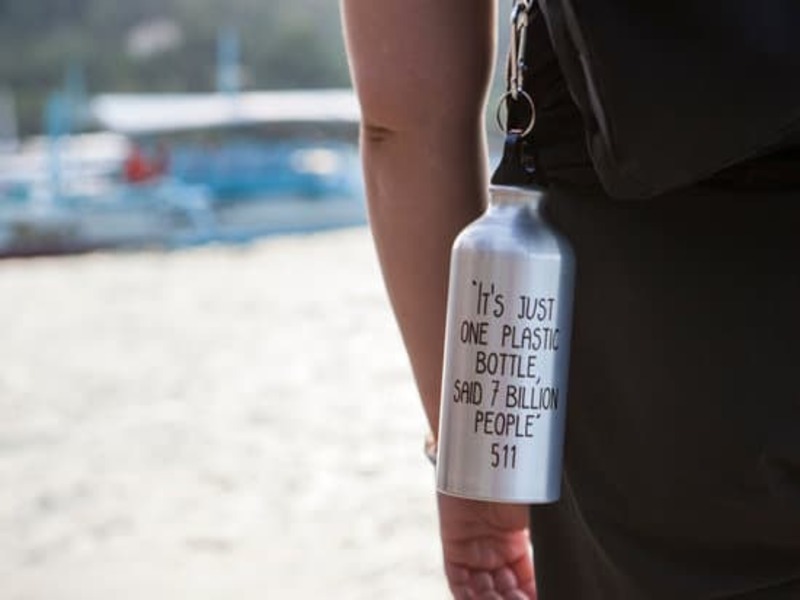
Even fruit and vegetables are individually wrapped in supermarkets.
I remember in Saigon wanting to purchase one lemon to make a salad dressing. I couldn’t find a local fresh food market, so I went to a nearby supermarket. Every bit of fresh produce was wrapped in plastic. The lemon I wanted only came in packs of three, wrapped in plastic.
It was such an eye-opener to how much plastic has taken over our lives and the planet. Unfortunately, most countries do not have the infrastructure to cope with it.
What’s the solution?
Education is a key component of the problem also. Some people don’t understand that if they throw away something plastic, as you might throw away a banana skin, the plastic is never going to disintegrate like the fruit skin.
There also doesn’t seem to be any sort of effective waste management in the form of garbage collection in the home. This would come from government intervention and money. Garbage trucks, employees, drivers, and rubbish dumps. I’m not sure it’s a priority for some.
The rivers, waterways, and beaches are overflowing with trash. It’s really quite distressing to see. It’s not unusual to find yourself picking up trash along the beaches. It quickly becomes overwhelming at how large the problem and subsequent battle to solve the problem is. As an individual, you can’t solve the problem but you can play a positive part.
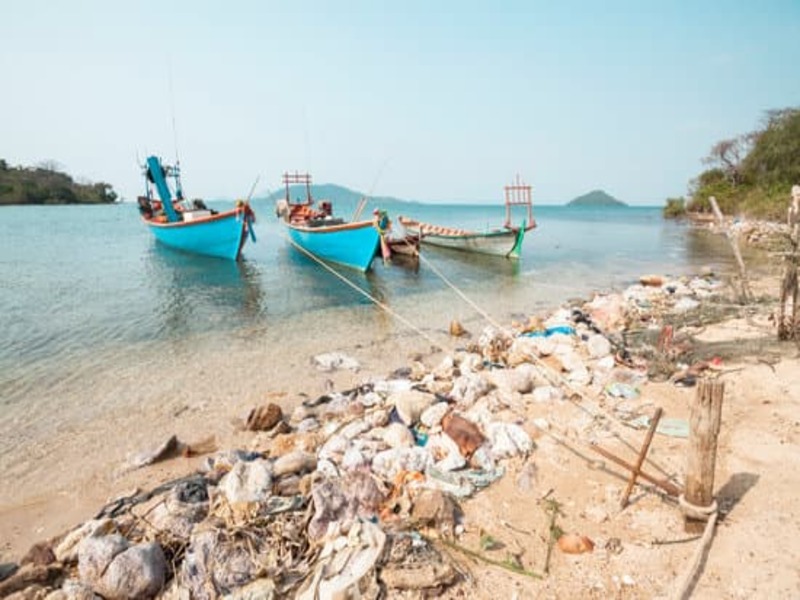
How can you help?
For instance, if you see trash, pick up what you can carry and dispose of it in a designated trash collection bin or area.
Secondly, shop at the local markets, direct from the farmers. Carry some small canvas shopping bags with you and say no to plastic bags when they’re offered. Refuse all drinking straws, plastic cutlery, and plastic takeaway containers.
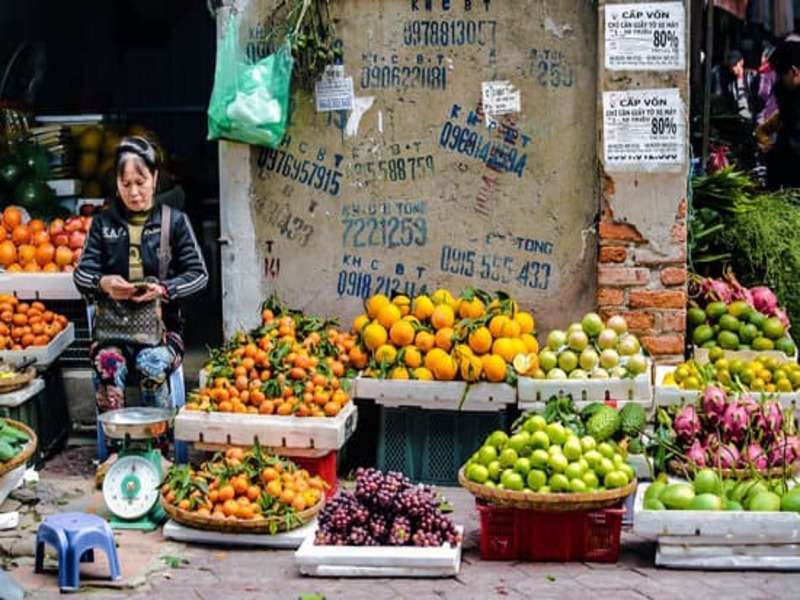
I hope their governments are able to reverse the damage, increase education and set up some efficient and effective long term waste management.
Religious Sites
There are many Temples, Pagodas, and Religious sites worth visiting and experiencing, and whilst it is always hot in Southeast Asia, baring your skin in these places is a big no-no. Cut off shorts, short skirts, tank tops, bare midriffs, and cleavage out are all banned when visiting a religious site.
There are quite strict dress codes that you should try and prepare for before visiting.
If you know you will be visiting, dress appropriately. I would suggest always carrying a lightweight sarong in your day bag. That way you can easily throw it over your shoulders or wrap it around your waist for when you come across something you want to visit but hadn’t planned for.
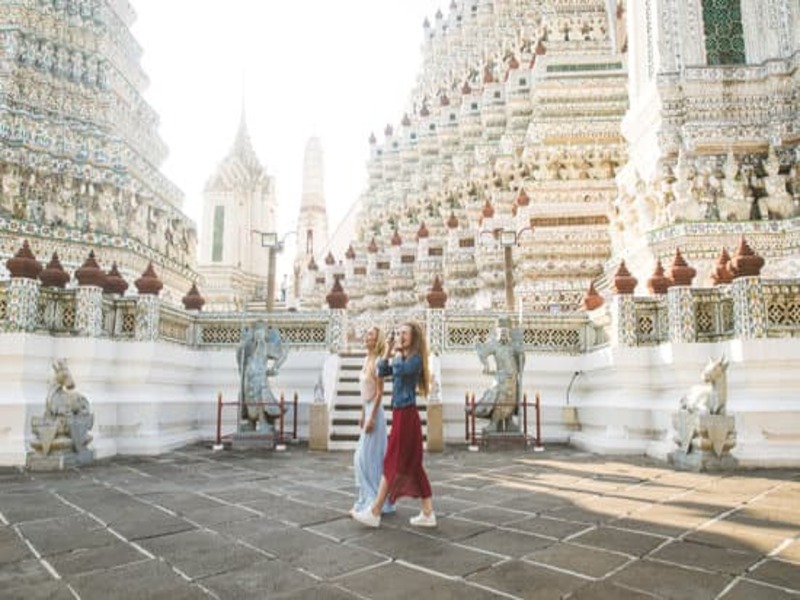
Most places will rent you something for the duration of your visit if you don’t have something to put on, but save yourself the money and just carry your own.
Also worth noting, some religious sites don’t allow photography. There will be signs to indicate this and sometimes even guards wandering and reminding people not to take photos.
Cash is king
Cards are not as widely used and accepted in Southeast Asia so always carry cash. It makes it easier to barter in the markets and most establishments, whether it be the local cafe or restaurant or the bus conductor, train station etc will always prefer cash.
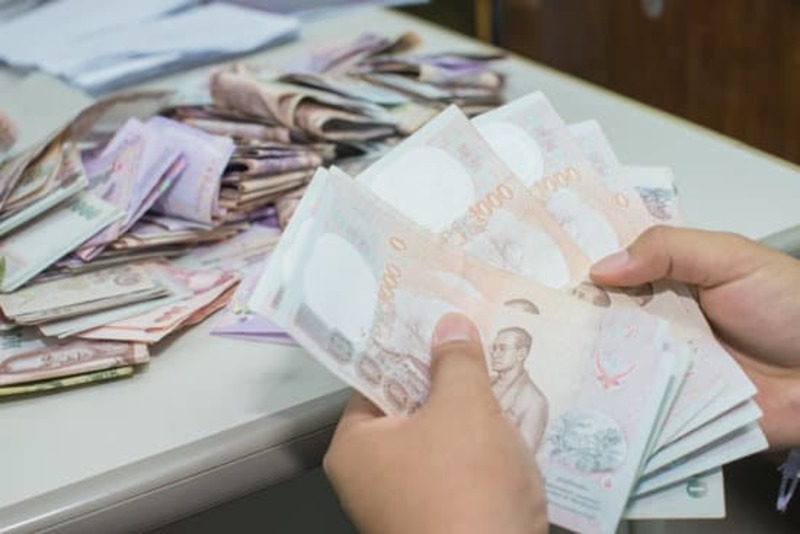
For safety though take out what you need from the ATM, but keep it in the safe in your accommodation and only take what you will need on a day by day basis. Don’t carry ALL your cash or cards out and about with you while you are sightseeing.
You’ll also notice there are rarely coins in most countries and the denominations of notes will quite often be really high. Sometimes in the 1000’s.
Take note of what you’re handing over and what change you’re receiving when making purchases
Scams
Scams, unfortunately, are a part of travelling. As mentioned in the last section money scams are quite common.
Always double check what change you are given by money changers, shop assistants, market stall owners etc. And I’m not saying they’re dodgy but some will try it on, so be aware. This is a common scam.
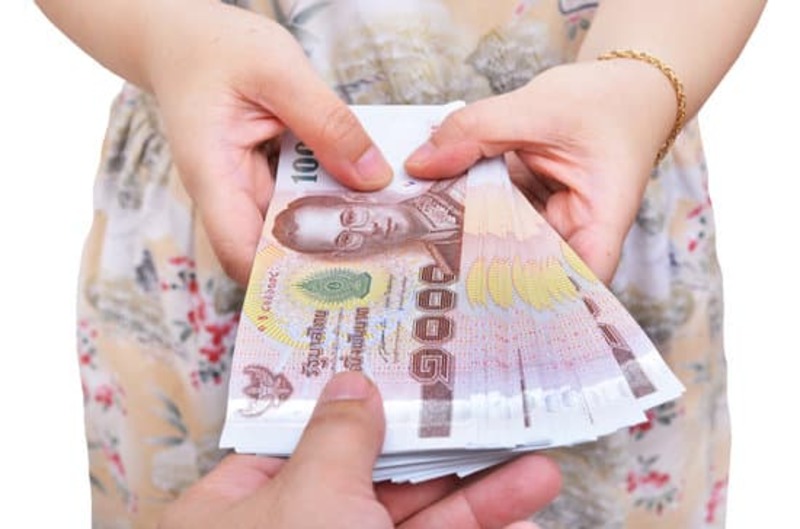
Taxi scams
Taxi drivers will often try it on by driving around in circles, taking the long route or telling you your hotel is closed, the train station is shut or buses don’t go to where you’re going.
Some even have their meters sped up, so as to charge a higher than normal rate.
Do ample research about your destination and route before getting into a cab.
If the cab has a meter know how much you should be approximately charged for your trip. If it’s a meter-less cab confirm an agreed-upon price with the driver before you get in and take off.
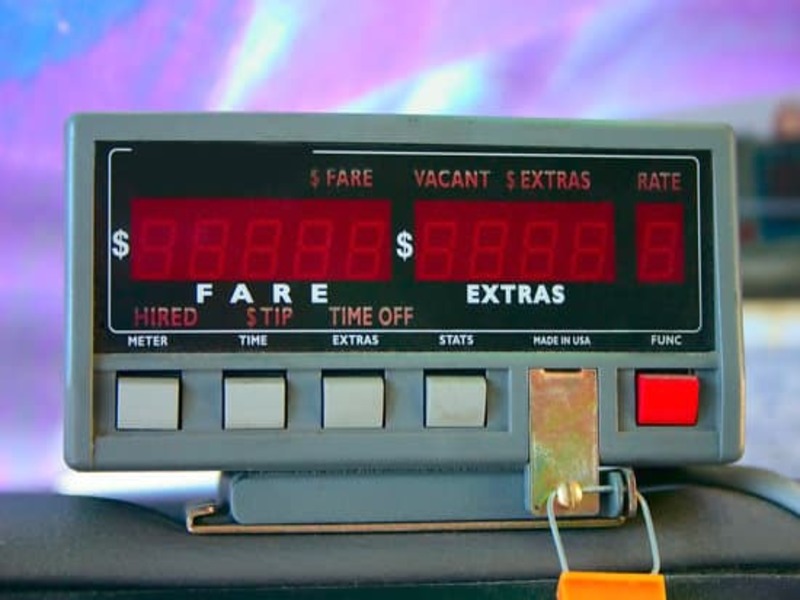
Knowing exactly how you are getting to your accommodation once you exit an airport, train or bus station is also really important. There will be lots of smiling locals urging you into their vehicles, which is in fact completely normal and safe.
If there aren’t official metered cabs or a hotel organised car service, it is okay to accept a ride but ensure you agree on a price before you step foot in the car.
Call the hotel (or pretend to) within earshot of the driver and tell the receptionist you’re in a car and your “x” minutes away from the accommodation.
If you have service on your phone set your destination into google maps and follow the route on your phone. Don’t be afraid to call out the driver if he appears to be taking the long route and remind him of the agreed price.
Quite a common one is to be taken to the driver’s “mates” shop, carpet store, art gallery, etc to try and make you purchase something. Politely decline to go anywhere off route.
Tourist visa scams
When crossing any borders by foot, particularly between Thailand and Cambodia, do all your paperwork/online application before arriving at the border, some officers will try to charge you a non-existent “fee” for doing the paperwork for you. Read about my experience crossing this particular Thai-Cambodia border and how I avoided being scammed
These are just a few worth mentioning, there are many more that would fill an entire blog post.
Do your research and trust your gut
The best advice I can give is to do your research, if something feels off it probably is, remove yourself from the situation quickly and always double-check your money every time you’re exchanging it for currency or goods.
I don’t tell you these things to scare you, just to make you aware. In six months of backpacking around Southeast Asia, I certainly saw a lot of dodgy shit and from what I’m aware of, was only ripped off once. Which is pretty good in my opinion!
Weather in Southeast Asia
If your plan is to travel the entire region of Southeast Asia in one backpacking trip, you will need to be aware of some differences.
While its predominately hot and humid everywhere in the region. The further north you travel from the equator the cooler it will become. For example, Northern Vietnam, Thailand and Myanmar.
There are also rainy and monsoon seasons to be aware of. Particularly in the Philippines. I learnt that the hard way!
A few tips for surviving Southeast Asia weather
It’s hot and humid, drink lots of water.
Don’t worry too much about hair and makeup and take an umbrella or hand fan.
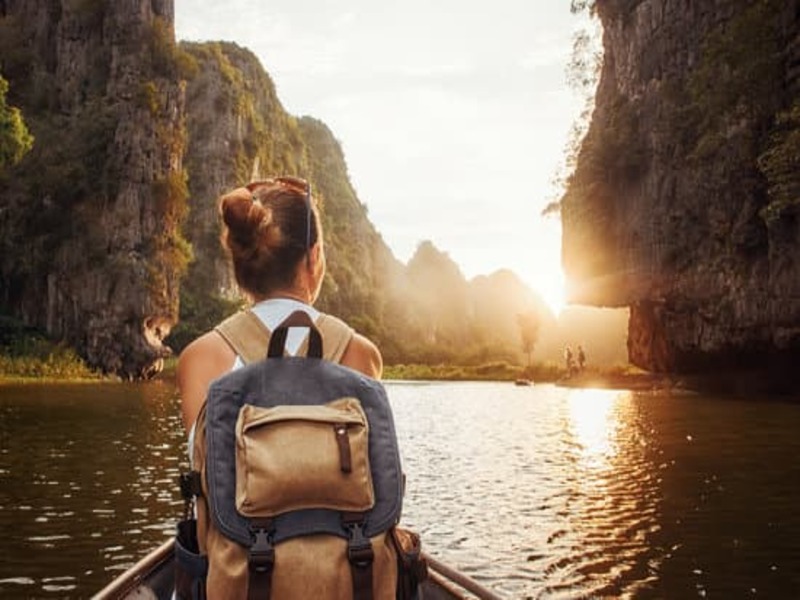
Wear loose-fitting, breezy clothes. You’ll be drenched in sweat so leave your good clothes at home. Take easy to wash and quick-drying clothes.
Take decent sunscreen. It’s expensive, hard to find and not as strong SPF as you’d find in Australia, for example, Factor 50.
You’re going to need a hat and a poncho will come in handy for an unexpected downpour.
Mozzies (mosquitos) are really bad because of the weather, so take a strong repellant and also consider taking your own mozzie net for your bed. Most will have them but they may be old and have holes in them big enough for mozzies to get through. Trust me, I was annihilated by mozzies in Malacca even though I slept under a net.
You may want to consider Malaria tablets for certain areas. Do your research if they’re absolutely necessary for where you’re going. They’re not cheap $132 for a packet
Expect torrential downpours in the wet season. They may not last long but they’ll be heavy.
Don’t drink the water from the taps
Self-explanatory! It’s not safe to drink, don’t brush your teeth with it and don’t open your mouth in shower, it’ll make you very unwell.
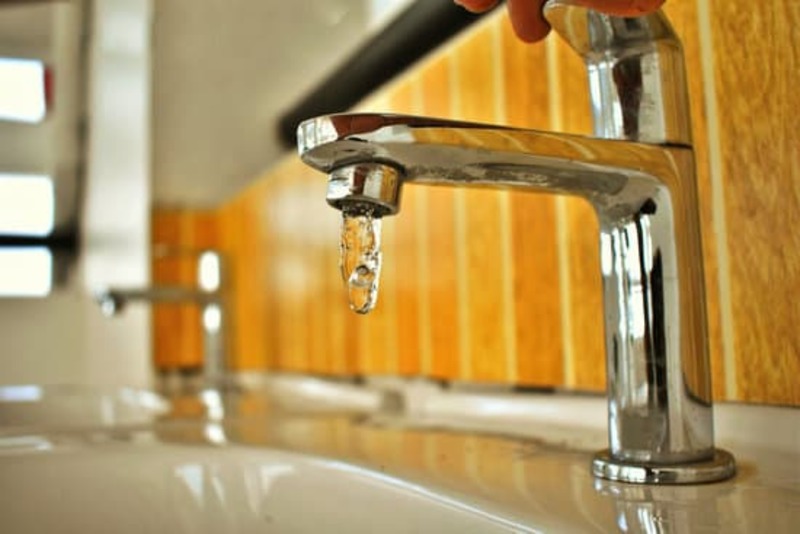
Take a reusable water bottle with you and fill it up before you leave your accommodation with fresh filtered water.
Most places will have clean filtered water available for guests to drink and fill water bottles with. If there isn’t, buy a large water container from the local supermarket and use that to fill your own bottles each day, as well as to brush your teeth with.
Selfies in Southeast Asia and practising English
Firstly, the locals in Southeast Asia are beyond lovely and they are going to want to interact with you, talk with you and take your photo. Secondly, some teenagers may even want to practice their English speaking skills with you.
Therefore, stop and have a little chat and a quick selfie, it’s completely harmless. Certainly, if at any point you feel overwhelmed or uncomfortable with the attention politely decline and excuse yourself from the situation.
Particularly in India, you may not get asked to have your photo taken. It can feel quite intrusive and overwhelming. I found covering my face with my hand fan helped in stopping the covert photographers.
( I know India is not in Southeast Asia, however, you will experience it to a lesser degree as you travel around the region)
Leaving the airport is a skill
Be prepared to be pounced upon when you exit.
As previously mentioned, know where you are going and how you are getting there. If your accommodation provides car service, take advantage of the service.
If there are ride-share options available, take advantage of those. They are cheap, no money is physically exchanged and it’s a pretty quick and safe bet.
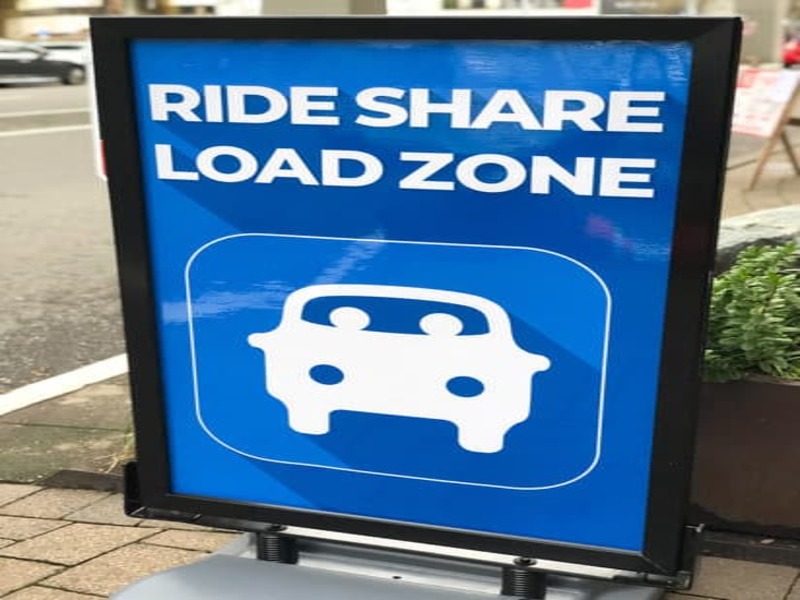
If you haven’t pre-arranged anything or ride-shares aren’t available don’t be afraid to just walk through all the people offering rides and find a quiet area to just do a little research, get your bearings and figure out a plan of attack. You can always go back and approach someone yourself without being hassled by 5 drivers at once.
Wrap up!
To sum up, I don’t write this to try and draw your attention to the negative aspects of Southeast Asia. I love Southeast Asia so much, it has my heart. I simply want to draw attention to some things so as to prepare you.
If you are not a seasoned traveller, or have never left the comfort of a western country, it may be a little shocking to the system. But we travel to see and experience things, to open our minds to new people and cultures. If anything you’ll come home with some pretty strange and interesting stories.
However, all these things and more make Southeast Asia utterly unique and a wonderful place to travel, whether as a backpacker or on a guided tour. However you decide to experience Southeast Asia, one thing is for sure, is that you 100% must experience it in all her magnificent, chaotic, wonderful glory.
I hope these travel tips for Southeast Asia provide some assistance as you prepare for the trip of a lifetime.
I share many tips and travel hacks on the blog so make sure that you subscribe to my email list so I can keep you up to date with all the latest info!
Thanks for reading
Pin For Later
This article contains affiliate links. If you purchase something using one of the links I may receive a commission.
Please see my disclosures for more information.
This post contains affiliate links. As an Amazon Associate I earn from qualifying purchases. I may receive a small commission when you make a purchase using my link.

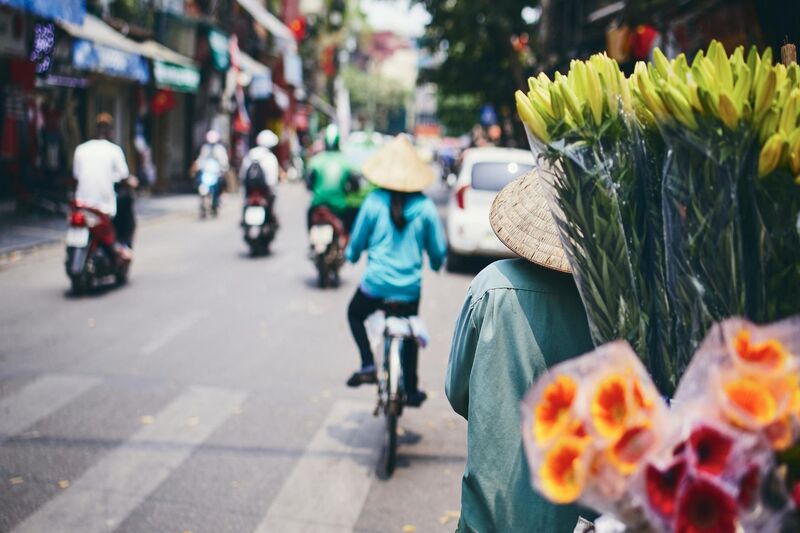
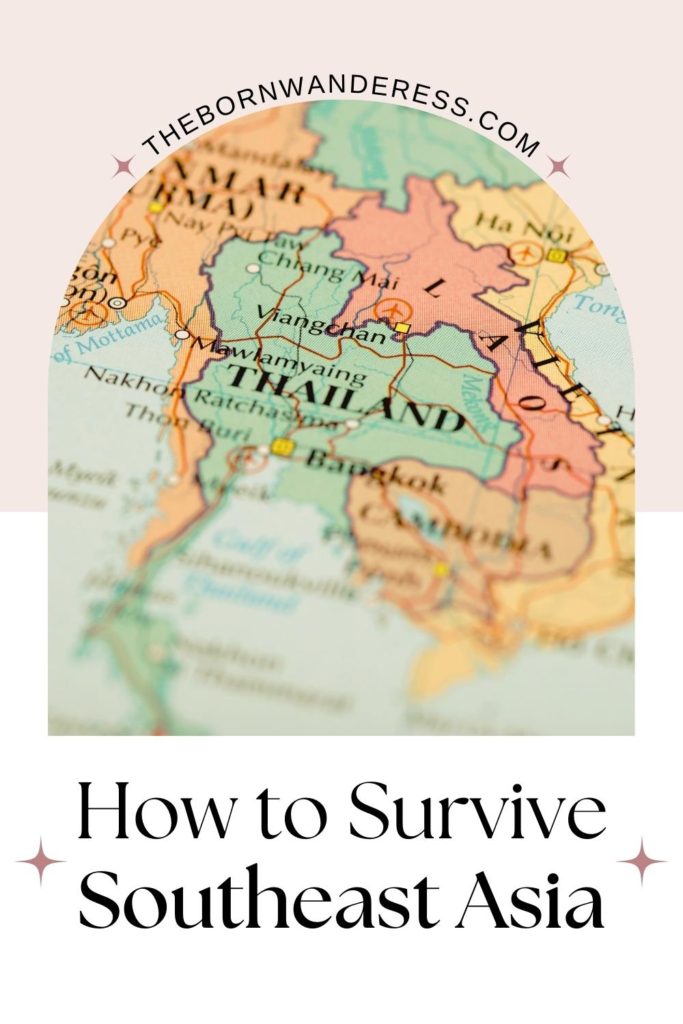
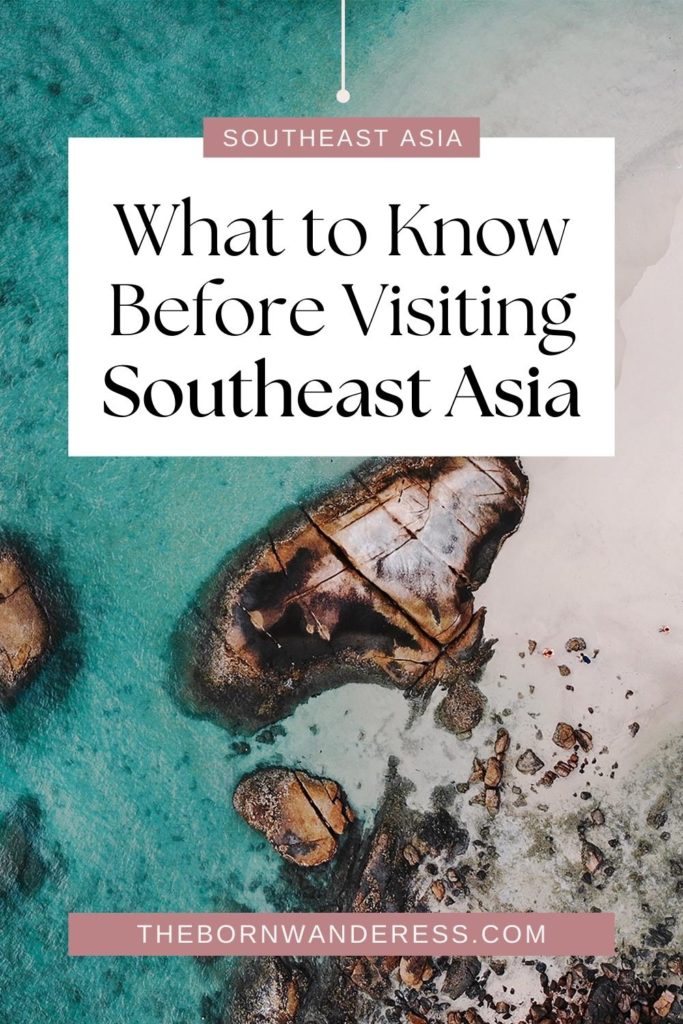
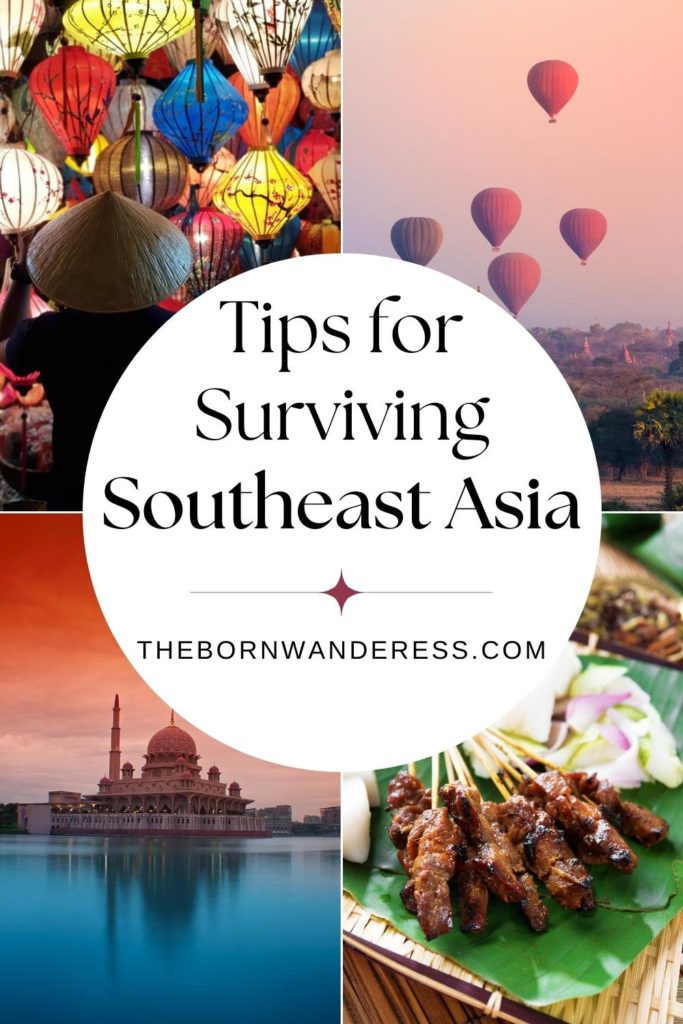

One thought on “Tips for Surviving Southeast Asia Travel”